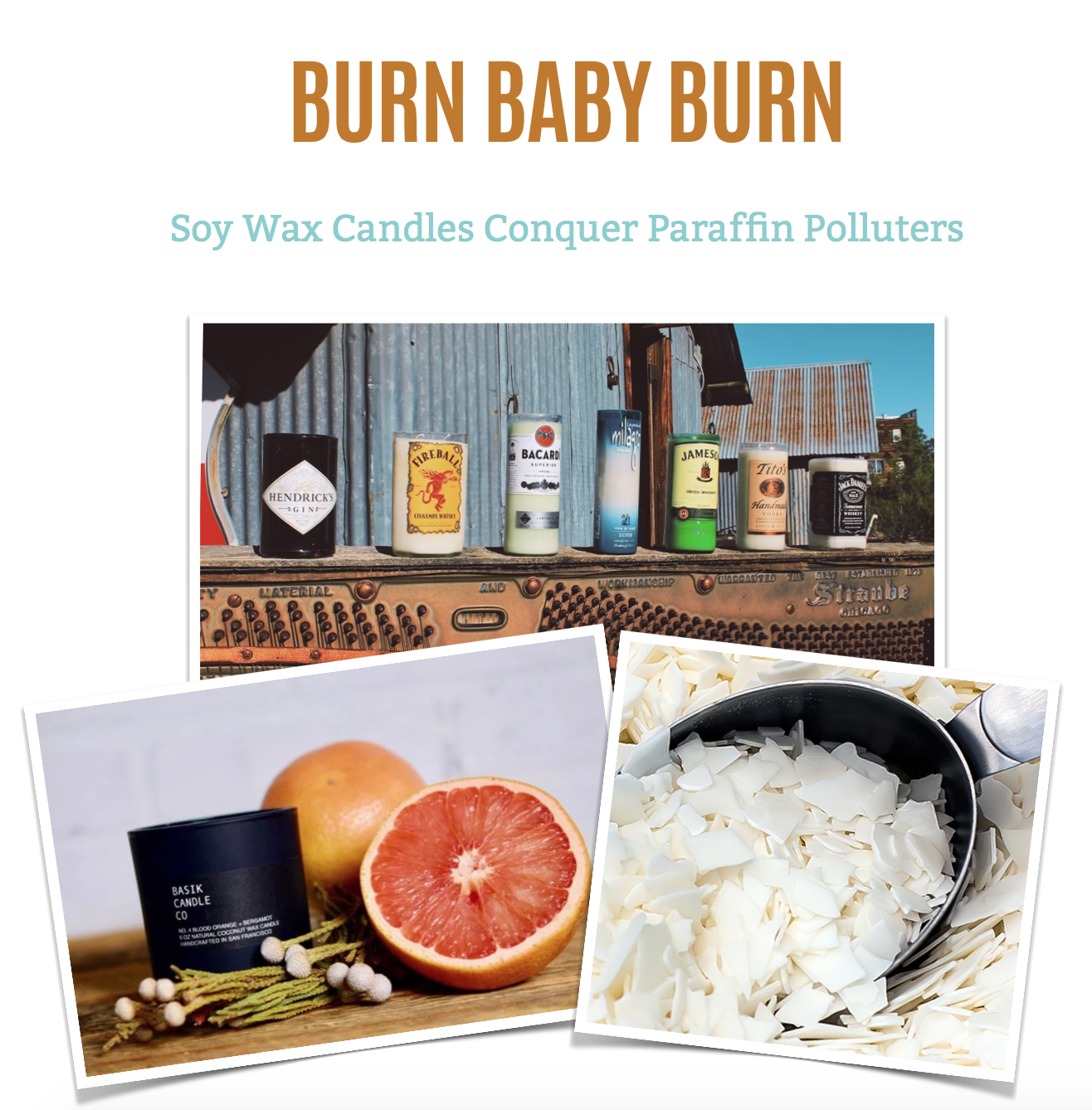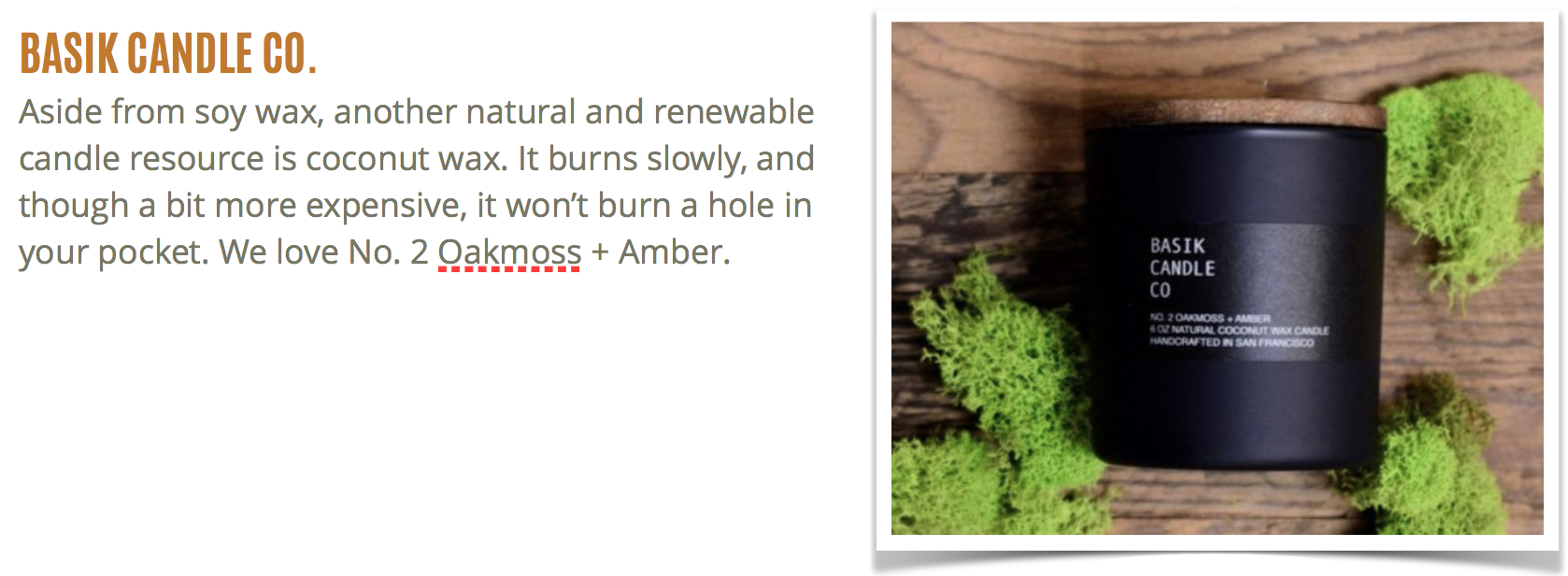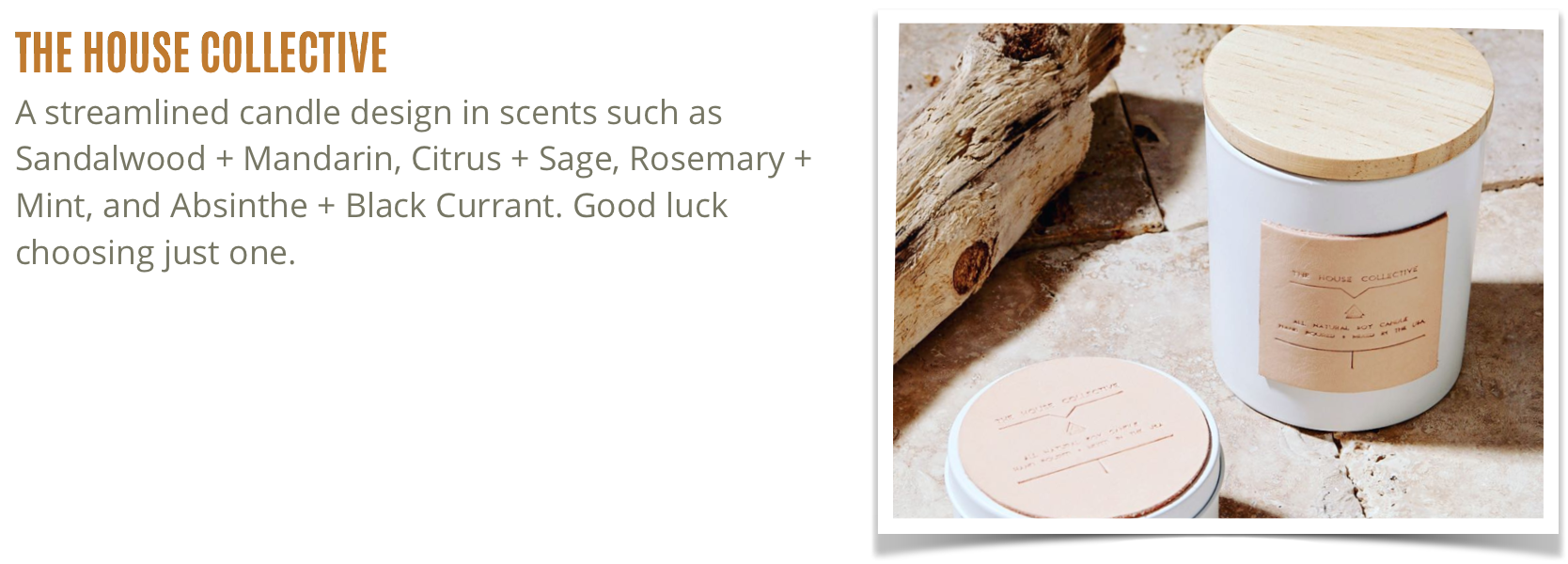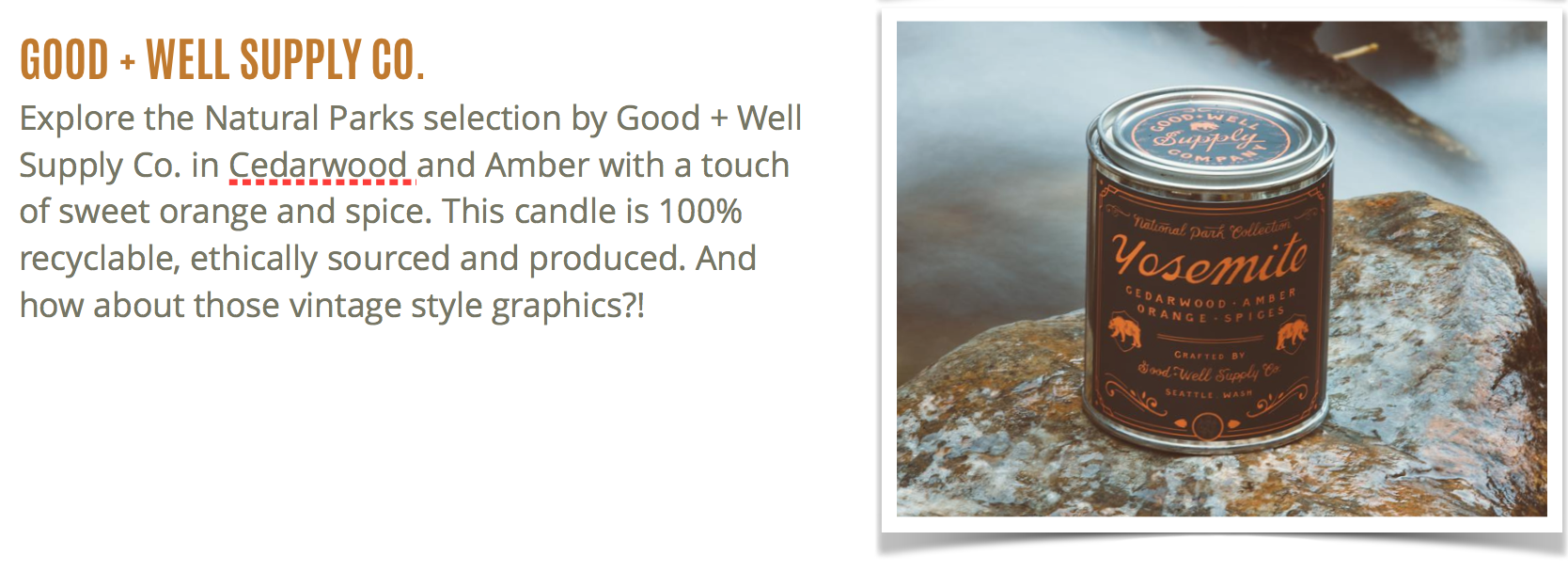 Loading... Please wait...
Loading... Please wait...Categories
Burn Baby Burn | Soy Wax Candles Conquer Paraffin Polluters
Posted by Amy Pyles on 11th Jul 2019

What is wax anyway? Depending on the compound, wax has a myriad of uses such as mold-making, wood-polishing, even removing that pesky stache. But aside from shining, sealing, and smoothing, it’s simply flame fuel. Wax is a flammable, carbon-containing substance that becomes molten when it’s burned producing light, heat, and if you’ve chosen wisely, a delicious scent.
Egyptians, Romans, and the Chinese are all credited with preliminary candle usage though the exact origin is unknown. These ancient civilizations ingeniously used everything from rolled papyrus and rice paper for wicks to beeswax and insect matter for wax. During the Middle Ages, Western cultures relied on animal fats called “tallow” to produce candles. Used primarily for religious ceremonies and to see down those dark castle corridors, tallow candles emitted rancid, foul-smelling odors as they burned. We’d venture to guess that no one was using candles to set the mood.
Luckily today, many of our favorite small batch producers like Rogue Candle Co. forgo the fat for all-natural soy wax. Rogue’s variety of essential oil-based scents are nicer to our noses and champion sustainability throughout their process. (Did we mention they up-cycle spent liquor and wine bottles to create their candle vessels?)
Soy wax rocks because it’s composed of, you guessed it, soybean oil burning as cleanly and naturally as the humble little beans its pressed from. Soybeans are the oldest cultivated plants in the world and offer an environmentally friendly, renewable resource for endless candle creation. The wax derived from soybean oil burns slower and lasts longer than paraffin wax candles due to its higher density. You can also avoid a sickening smack of sandalwood as soy candles offer a more gradual fragrance release.
Paraffin wax is derived from petroleum. Cheaper, yes. Sustainable, no. Soy wax is derived from vegetables and is 100% biodegradable. A refined gasoline by-product, paraffin produces certain emissions that can compromise the air quality in your home and thus, the air quality in your lungs.
If you’re a fellow candle fanatic, you’re probably familiar with that little black soot ring lingering on the lips of your candles. Ever wonder what that’s made of? Toxic, carcinogenic, lung-polluting soot — something we’re really not too fanatical about. For constant candle burners, we’d recommend switching to natural wax candles made from coconut or soy. Fragrant flame fans beware— not all soy candles are created equal. Some are mixed with paraffin waxes and other materials, so be sure to look for products made from 100% soy.
Instead of lead, we especially recommend soy candles with cotton or wooden wicks. Although most US candle manufacturers have agreed to abstain from lead wick usage, many overseas candle companies do not adhere to the same prudent product standards. Need we expand on the health risks of lead inhalation?
Makers Market continues to offer a curated selection of delicious, all-natural soy and coconut wax candle brands with essential oils and plant-based preservatives. They are free of formaldehyde, parabens, lead wicks, and earth-harming hangups. And not to brag, but our stores are the best-smelling spots on the block!




